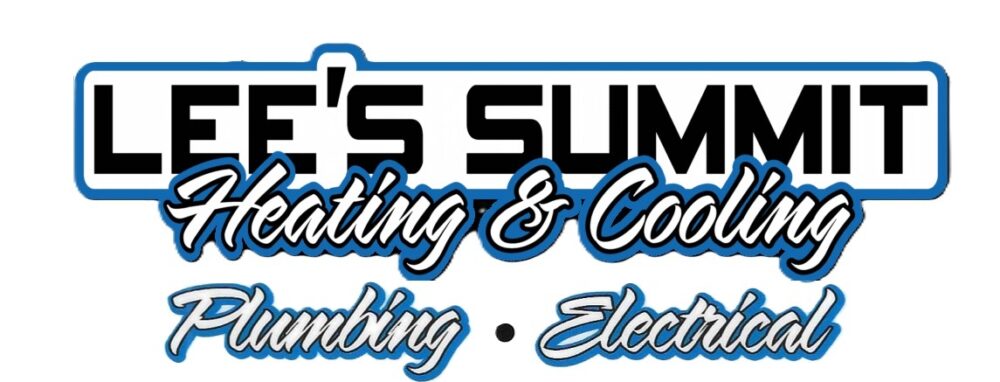Lee’s Summit Heating & Cooling has over three decades of experience installing and repairing heating equipment throughout Lee’s Summit and Blue Springs. Here’s our list of ways to tell if the furnace in your home is overdue for replacement—including strange noises, smells, and uneven heating.

Your furnace keeps your home warm and cozy throughout the winter—but like any piece of equipment, it has a lifespan. At a certain point, it won’t be able to heat your home reliably or efficiently anymore, and you’ll need to get a new furnace installed.
But how do you know when your furnace is nearing the end of its life? Here are ten signs that your furnace may be on its way out so that you can make plans to replace it before it fails completely.
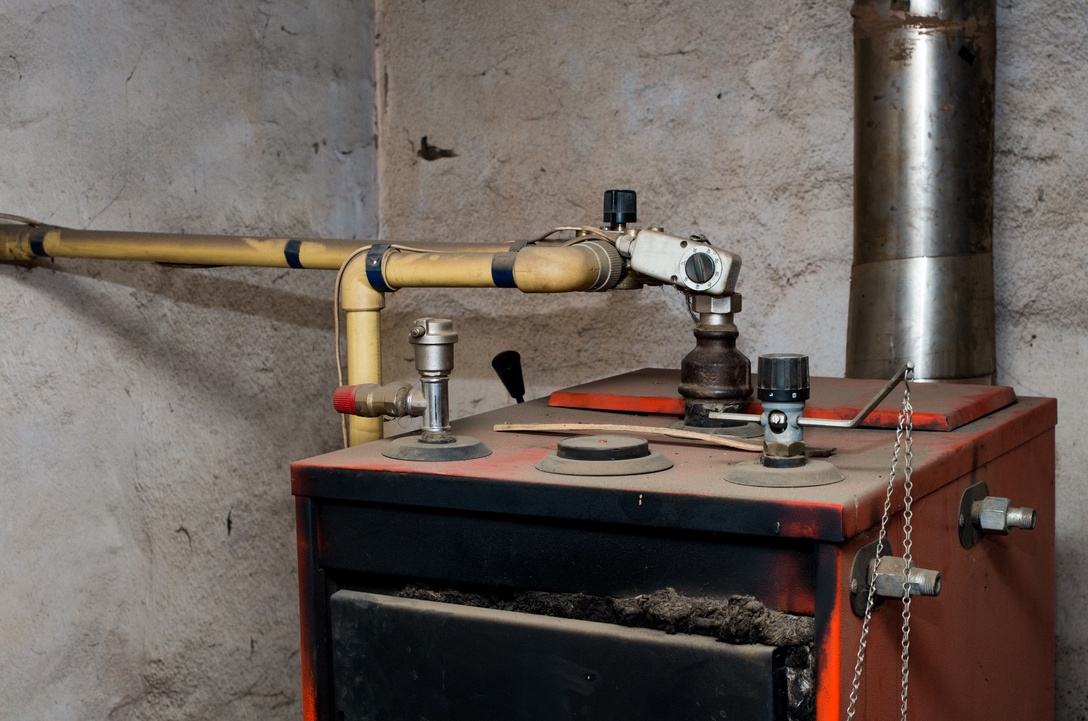
1. Age of the Furnace
Most furnaces are designed to last 15-20 years. If yours is approaching or has surpassed this age, it might be signaling retirement. Regular furnace maintenance can prolong the lifespan, but aging equipment is less efficient and may struggle to meet the heating demands of your home.
- Check the manufacturing date on the furnace unit—usually located on a sticker on the side or inside the front panel.
- Review maintenance records for your installation date if you still have them available.
- Notice if the furnace struggles to start up or takes longer to heat your home (this is more common in older units).
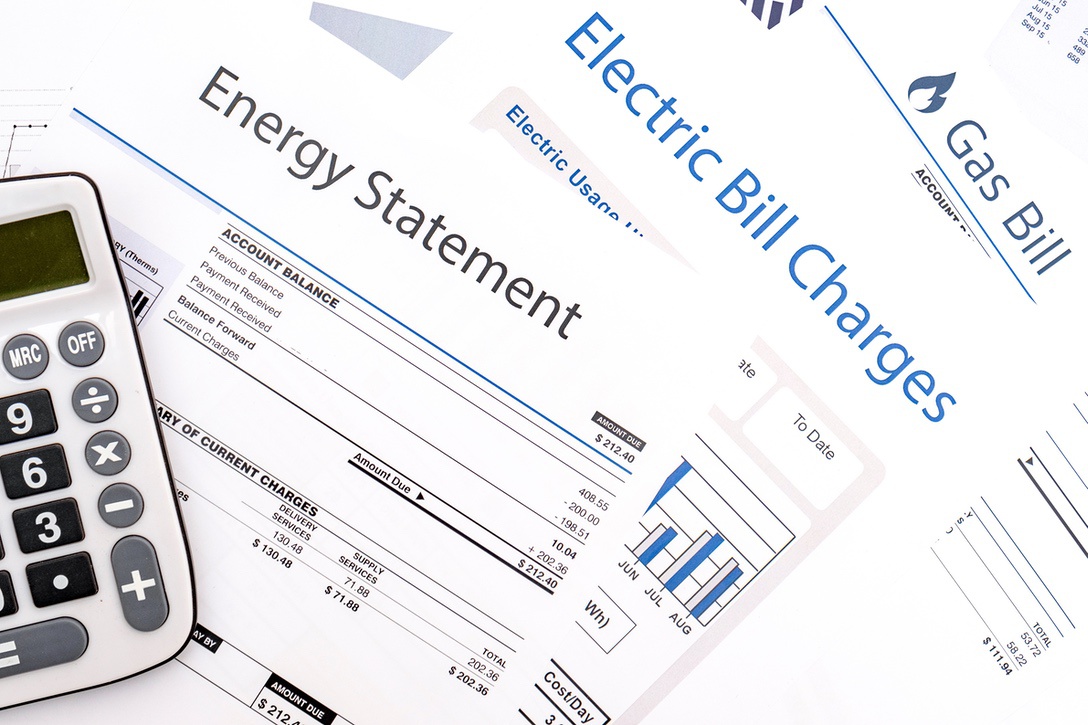
2. Rising Energy Bills
Have you noticed a sudden increase in your energy bills without significant changes in usage? This could be a red flag that your furnace is losing efficiency. As furnaces age, they have to work harder to produce the same amount of heat, leading to higher energy consumption and costs.
- Compare current energy bills to those from the same period in previous years.
- Monitor the furnace’s running time—an increase might indicate that it’s becoming less efficient.
- Take note of any unusual fluctuations in heat output that require thermostat adjustments.
3. Frequent Repairs
A furnace that needs multiple repairs within a short period can be a money pit, and frequent breakdowns are clear signs of an aging system. In these cases, investing in a new and more efficient unit will likely be more cost-effective in the long run.
- Keep a record of all furnace repairs and maintenance, and review it each year.
- Evaluate the cost of repairs—if they are nearing 50% of the cost of a new furnace, consider replacement.

4. Uneven Heating
Inconsistent temperatures or cold spots throughout your home indicate that your furnace is struggling to distribute heat evenly. This uneven heating can be due to wear and tear or mechanical issues, suggesting that your furnace might be in decline.
- Walk through your home and note any areas that feel colder or hotter than others.
- Monitor your thermostat usage—fluctuations and difficulties in maintaining temperature often indicate uneven heating.
- Check for drafts or poor insulation, which can also contribute to uneven heating but can be addressed separately from furnace issues.
5. Strange Noises
If you start hearing unusual sounds like rattling, humming, or banging, it’s time to investigate. Strange noises can signify mechanical issues or internal wear and tear. Ignoring these sounds can lead to more serious problems and potential system failure.
- Be attentive to any new or unusual sounds (rattling, banging, or humming coming from the furnace).
- Note the frequency and timing of these noises—whether they occur at startup, during operation, or when shutting down.
- Seek professional advice if these noises are accompanied by a decrease in performance or other issues. Our technicians will be able to assess the source of the problem and tell you if repairing or replacing is the best option.
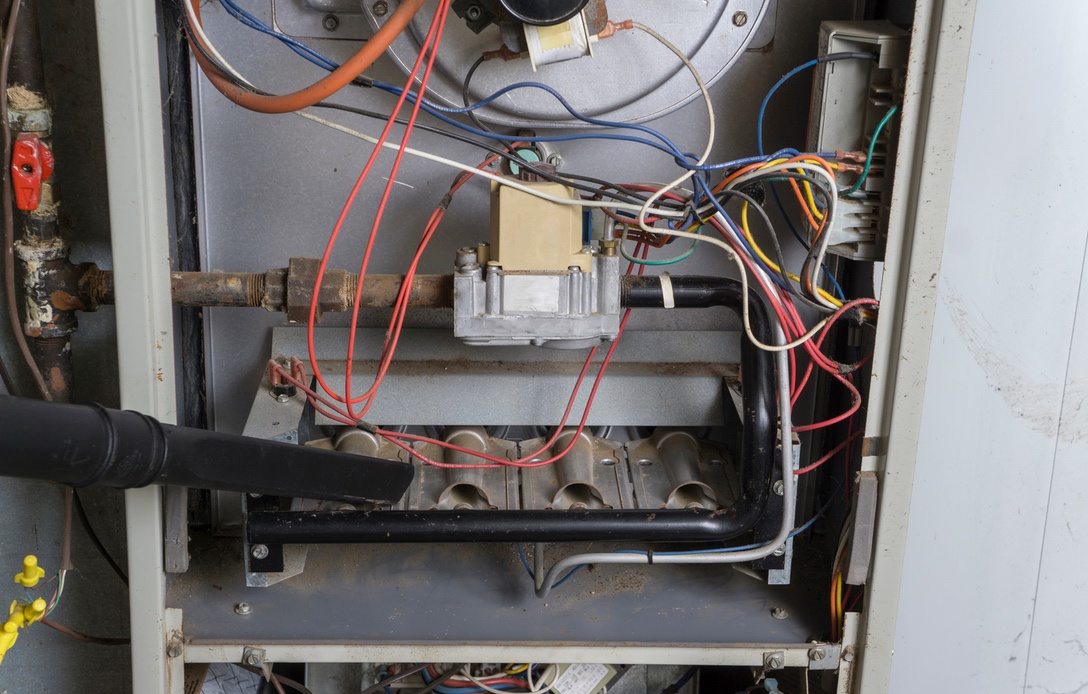
6. Excessive Dust & Poor Indoor Air Quality
An aging furnace may struggle to filter and distribute air properly. If you notice increased dust, allergens, or other airborne particles, your indoor air quality could be suffering—which could pose health risks to you and your family. Our team can help by providing indoor air quality solutions like air purifiers or whole-home humidifiers, which can make the air in your home feel fresher and more comfortable.
- Monitor for increased dust accumulation around vents and on surfaces.
- Check for frequent respiratory issues, allergies or unexplained illnesses among household members.
- Inspect the furnace filter regularly—a clogged or dirty filter can cause poor air quality, and this can be solved by simply cleaning or replacing the filter.

7. Persistent Odors
Persistent smells, such as a musty or burning odor, are warning signs. These odors can indicate issues like mold accumulation or electrical and mechanical malfunctions. If these smells persist, it’s essential to have your furnace inspected and replaced if necessary.
- Be alert to unusual, persistent smells emanating from the furnace or ducts.
- Schedule regular duct cleaning for your furnace at least once every three years.
- Immediately seek a professional assessment if odors persist or worsen over time.
8. Frequent Cycling
A furnace that constantly cycles on and off is struggling to maintain your desired temperature. This frequent cycling can be due to a malfunctioning thermostat, improper air circulation, or internal issues, signaling a potential need for replacement.
- Note if the furnace turns on and off more frequently than usual.
- Monitor room temperatures to check if the furnace is struggling to maintain the desired heat levels.
- Investigate thermostat settings and functionality—issues here can also cause cycling problems.
9. Yellow Pilot Light
In a healthy gas furnace, the pilot light should be blue. A yellow or flickering flame is a sign of improper gas combustion, which can lead to carbon monoxide production and pose a significant safety risk. If you notice a change in the pilot light color, call us for help immediately.
- Regularly inspect the pilot light color—it should always burn blue.
- If the flame is yellow, flickering, or uneven, it’s a sign of improper gas combustion.
- A yellow pilot light is a serious concern and should be treated as a potential emergency. Contact our team right away if you notice this.
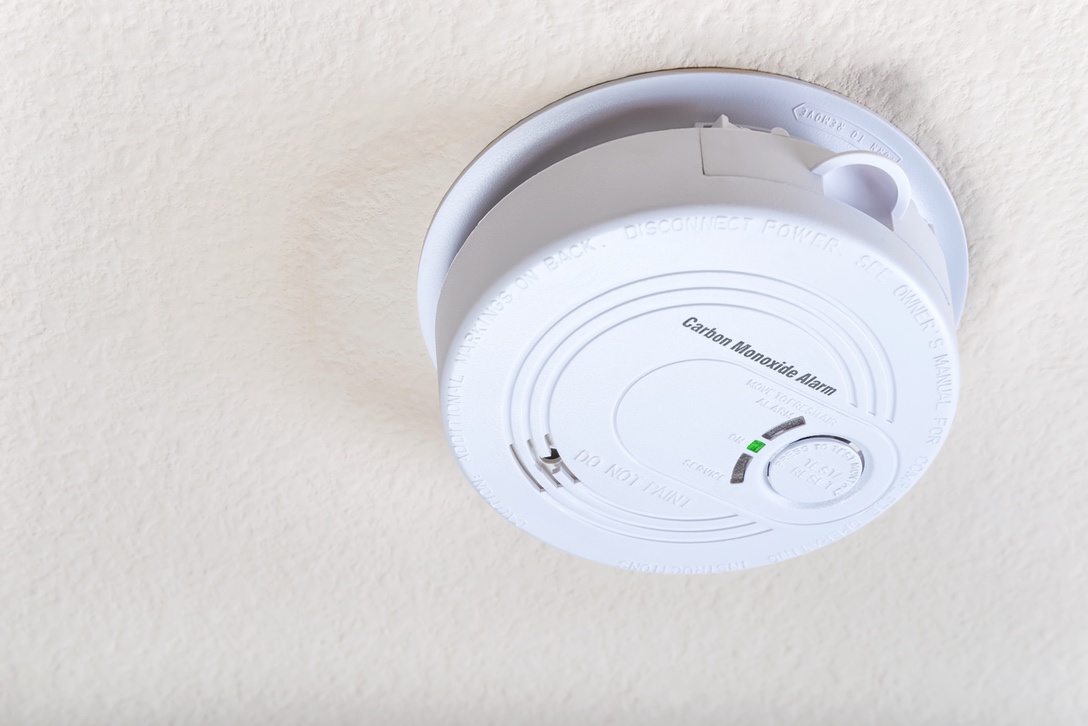
10. Carbon Monoxide Concerns
Carbon monoxide is a colorless, odorless gas that can be deadly. Signs of exposure include headaches, nausea, and discolored home appliances. If you detect these signs, it is imperative to turn off your furnace and call us for an immediate inspection.
- Install a carbon monoxide detector near the furnace and in sleeping areas—act immediately if it goes off and leave the house until help arrives.
- Be aware of symptoms of carbon monoxide exposure such as headaches, dizziness, weakness, upset stomach, vomiting, chest pain, and confusion.
- Inspect home appliances and other metal objects for rusting or discoloration—a sign of carbon monoxide presence.
Replacing Your Furnace with Expert Help
Your furnace is essential in maintaining a comfortable and safe living environment, especially during the cold months. Being aware of these ten signs will help you anticipate when your furnace is nearing the end of its life, allowing you to act proactively.
If you notice any of these signs or suspect you might need a new furnace for any other reason, don’t hesitate to contact Lee’s Summit Heating & Cooling! We’ll be happy to assess the condition of your current heating equipment and make recommendations to keep you cozy for many winters to come.
Frequently Asked Questions about Furnace Replacement
How long does it take to replace a furnace?
Typically, replacing a furnace can take about 4-8 hours. However, this can vary depending on the complexity of the installation and any additional work that might be required, such as duct modifications. We’ll give you an estimated timeline when you book your new installation with our team.
Can I replace my furnace by myself?
No. Attempting to install a furnace without the right tools or experience can lead to expensive and even dangerous mistakes. We strongly recommend having our licensed and experienced HVAC technicians install your furnace to ensure that it’s set up correctly, safely, and in compliance with all relevant building codes.
Will a new furnace work with my existing ductwork?
In many cases, a new furnace can be connected to existing ductwork. However, we’ll need to inspect your ducts to ensure that they are in good condition and properly sized for the new unit.
What is the average cost of a new furnace installation?
The cost of a new furnace and installation can vary widely based on the make and model of the furnace, installation complexity, and your home’s heating requirements. On average, homeowners can expect to pay between $4,500 and $7,500, but our team will provide a detailed estimate for your installation after asking you some questions about your home and needs.
